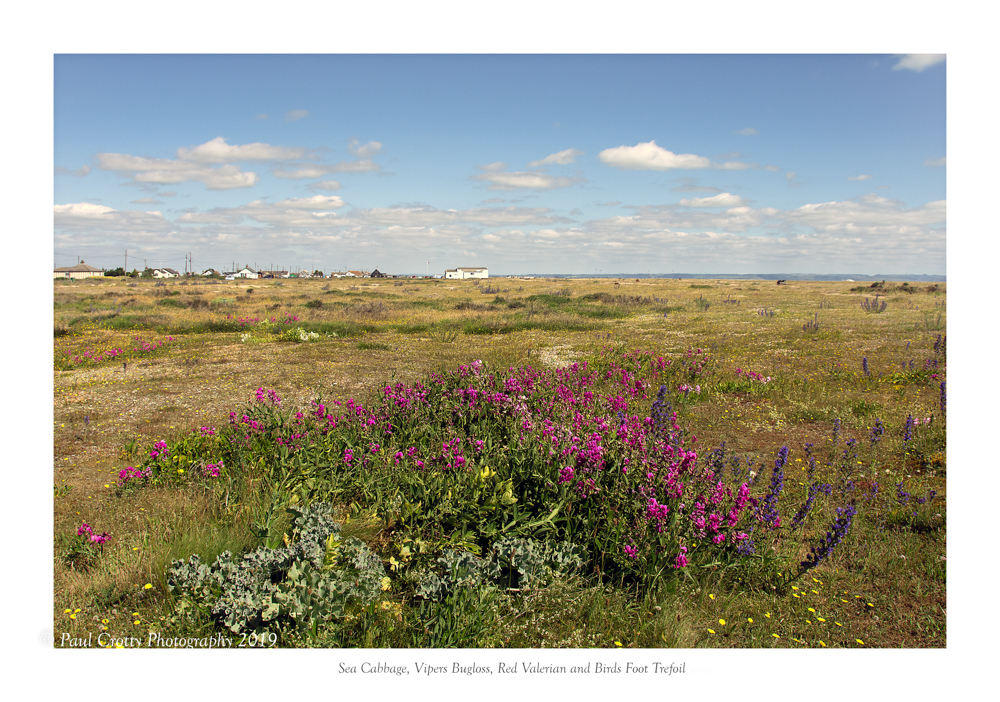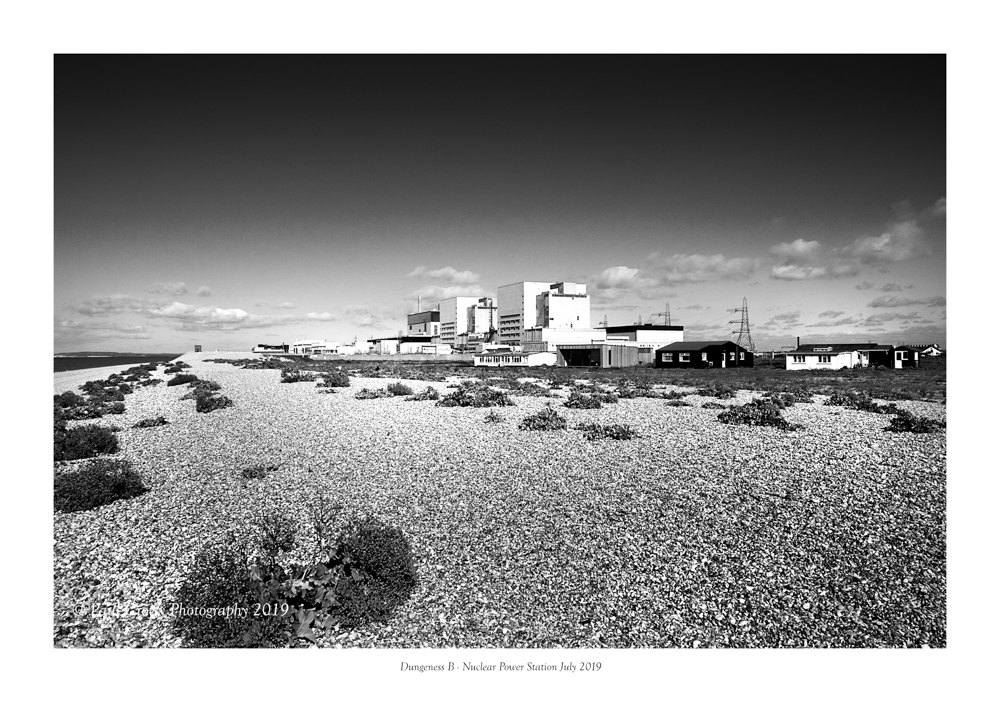Visit to Dungeness 1st July 2019.
“Dungeness, a strange land of extremes, one of the most valuable and yet vulnerable nature conservation sites in Great Britain”
Firth, 1984
I was advised that I would enjoy Dungeness for its photographic opportunities and strangeness.
I researched the area before visiting and writers often use colourful language to describe it, using words like dystopian, bleak, stark and wild. I had looked at a variety of images of the area and therefore had a sort of preconception about it.
Dungeness is to be found at the southern most tip of Kent about 16 miles from Ashford in the area known as Romney Marsh. Read about the area here https://theromneymarsh.net/dungeness
I had chosen a day to visit that had a very good weather outlook, which would obviously be reflected in any images. ( Apparently the area has the lowest rainfall levels in the UK).
I left home (Northampton) at about 4.30 in the morning and arrived at Dungeness at 8 am. having stopped for a coffee at Thurrock Services.
My 1st impression was mixed. it was not like I had expected. Where was the bleakness? Perhaps a visit in the winter would change the 1st impressions. Anyway, rucksack packed Camera out and of I go. I headed straight for the seashore to walk along until it would become obvious to turn inland and meander back towards the car park.
The car park is set next to the old Lighthouse (now not working) The new one can be seen in the distance, and about 300 yards away is the perimeter fence of Dungeness B power Station owned by EDF, from which emits a constant hum!
Not a person in sight, good, better for photographs. In the distance I could see the beginnings of the jumble of dwellings and the working areas used by the fishermen. On route to the beach I spot and photograph a group of Stonechats moving between the clusters of bramble and Gorse.
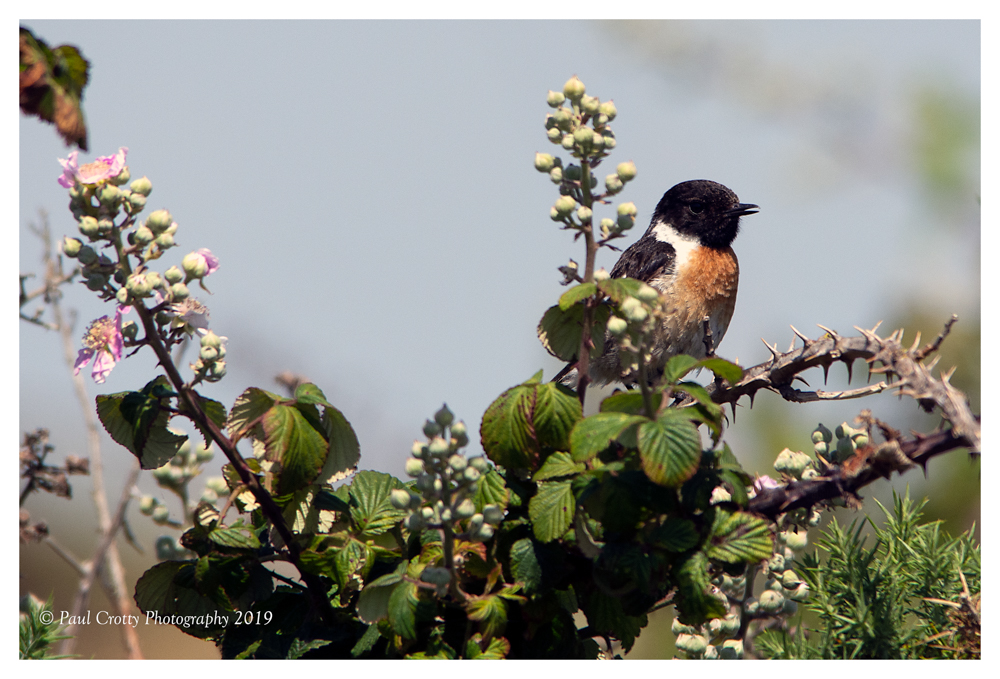
Stonechat – Dungeness
As I crest the shingle beach to view the sea I can clearly see the area known as the Boil. This is where the Power Station vents hot water and wildlife gathers there to feed. Above the waves are many gulls waiting for an opportunity.
As I move further along the beach I am thinking descriptions more like untidy, not looked after, scrap rather than desolation and bleak. The working area contains machinery, crates ropes, steel and parts of boats discarded and left! in amongst the bits that are still used by the fishermen. However, yes! the photo opportunities are good if you like that kind of image (I do). As you walk along the beach you can see the collection of dwellings! set back from the beach area. Almost suddenly the working area comes to a halt and beyond that there is very little. I turned inland towards the dwellings.
In some ways the area reminded me of France and oddly the USA. because of the very many cables feeding the dwellings which adds to the ‘untidy, desolate’ look.
There is a broad mix of dwellings some in very bad repair, some very modern looking ( almost futuristic) and of course the famous Prospect Cottage where Derek Jarman lived. Journalistic license has been applied to this house in particular. If you read about it you might think it is all alone on the beach close to the seashore. It is not. There are other dwelling close a road is in front of the house (very busy once the tourists arrive)
https://theromneymarsh.net/jarman to read more.
https://www.youtube.com/watch?v=orNvcliKlnY video of Prospect Cottage by Great Gardens: “Prospect Cottage” by Howard Sooley
https://www.youtube.com/watch?v=u6iI-RvegCUThe Garden original trailer
As a complete coincidence the BBC transmitted a set of readings by Rupert Everet reading from Jarmans book ‘Modern Nature’ which I had purchased and look forward to reading.
” Uproarious and unapologetic …as affirming as the perennial plants pushing through the nuclear shingle on Jarman’s bleak and beautiful beach” Philip Hoare.
I was told that around one ‘odd’ building filming was taking place for a new version of Brave New World. Nothing was happening on my visit day.
The area is not as big as I expected and photographically comes to an abrupt end where ‘normal’ dwellings etc begin. The coast road that tracks the shingle beach is many miles long with endless houses lining the road. If you look across the bay you can see Folkstone and Dover including the White Cliffs, and on the skyline out at sea the ferries going to or from France.
Overall it is a place you should visit if you are in the area! If you want a day on the beach don’t bother!
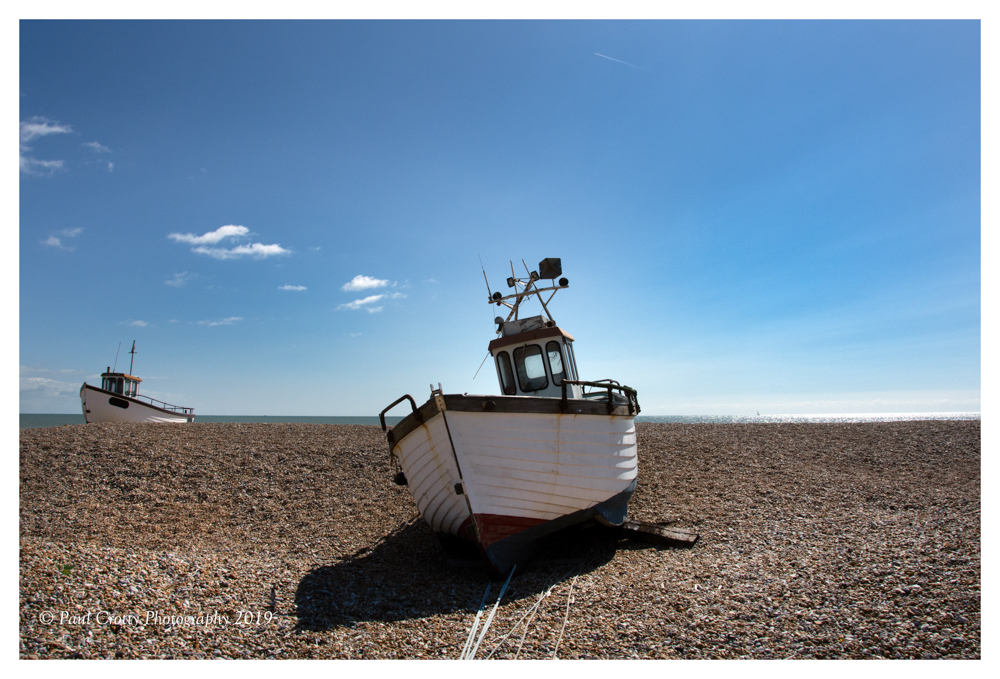
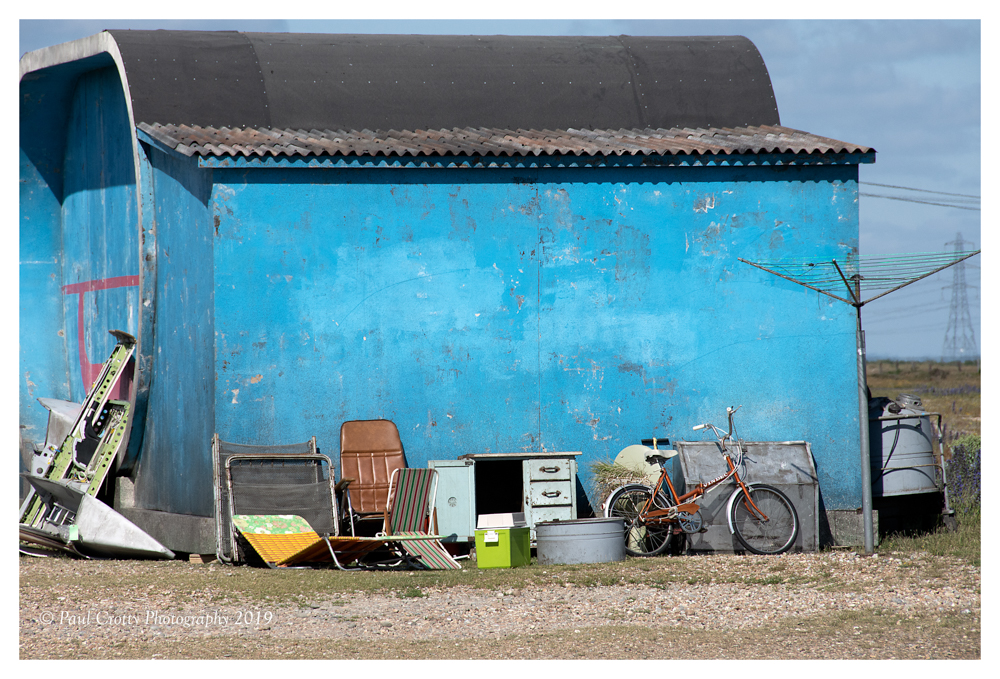
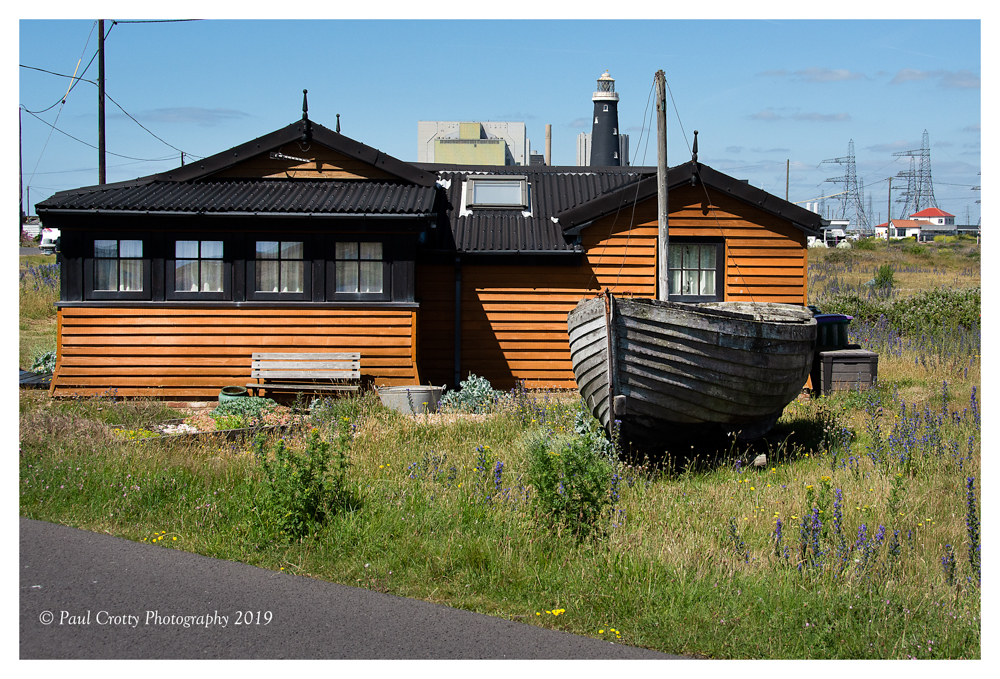
One of the dwellings that is in resonable condition.
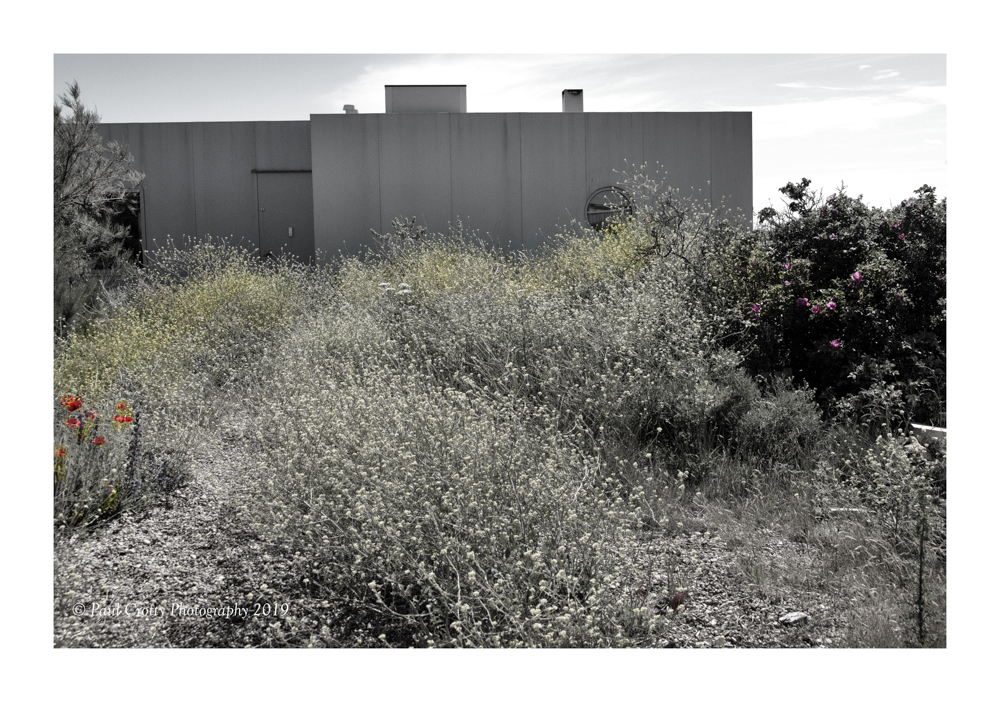
There are several dwelling that have a futuritic look but do not look out of place.
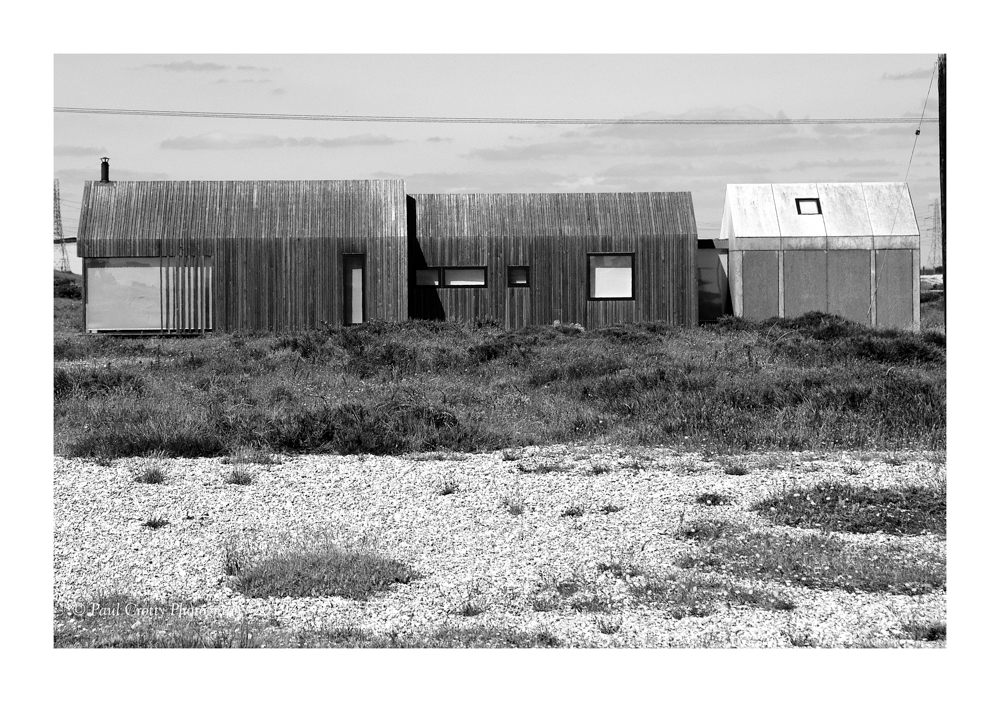
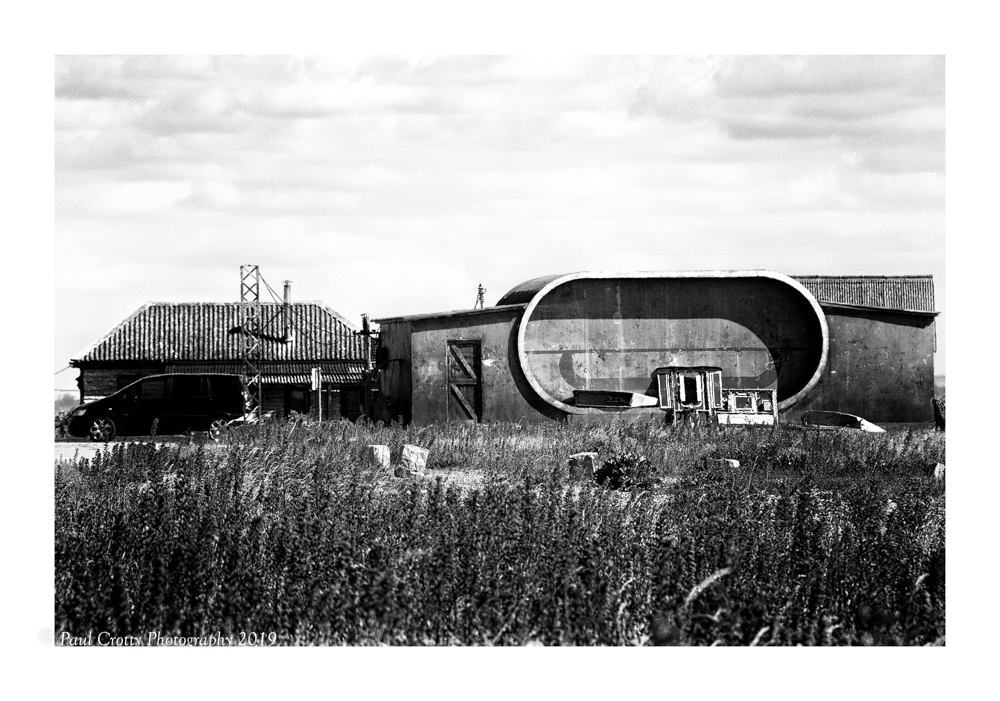
I was told by a local that this property was being used for filming a new version of ‘A Brave New World’
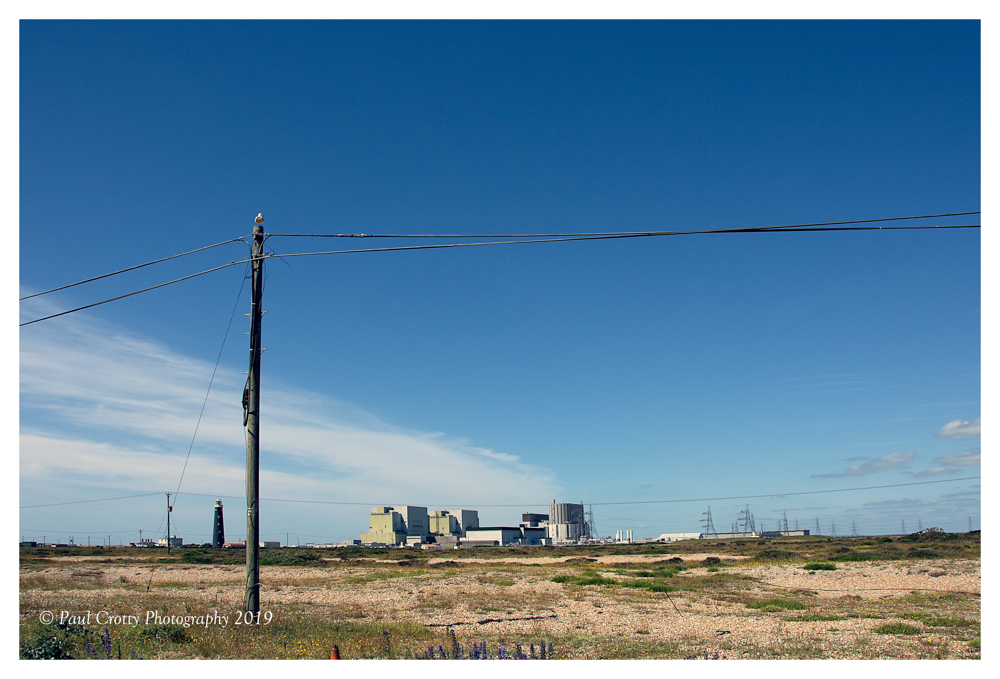
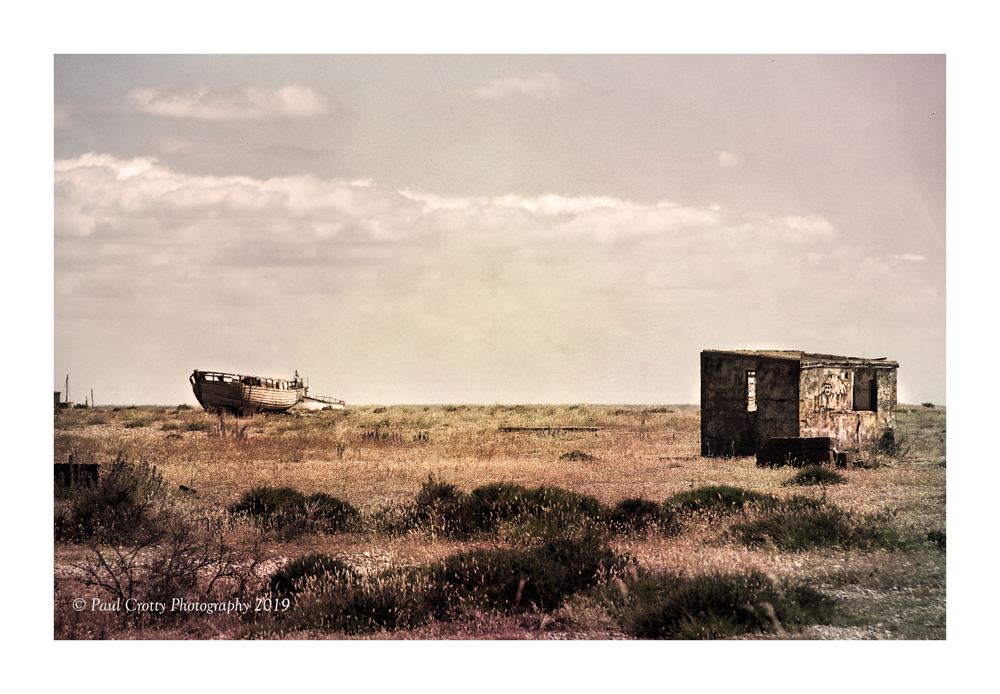
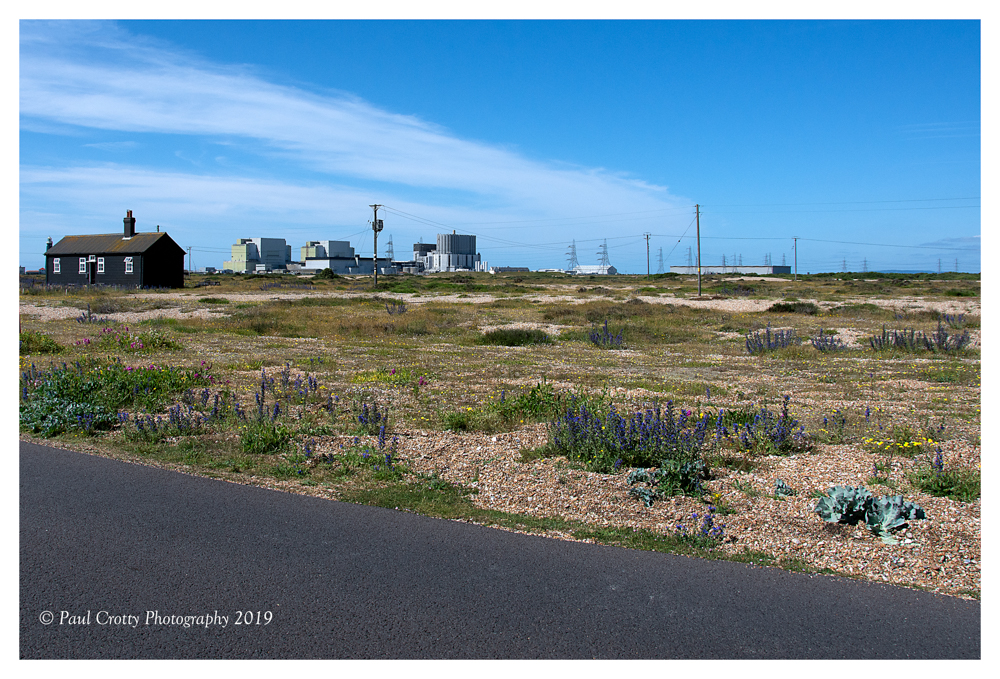
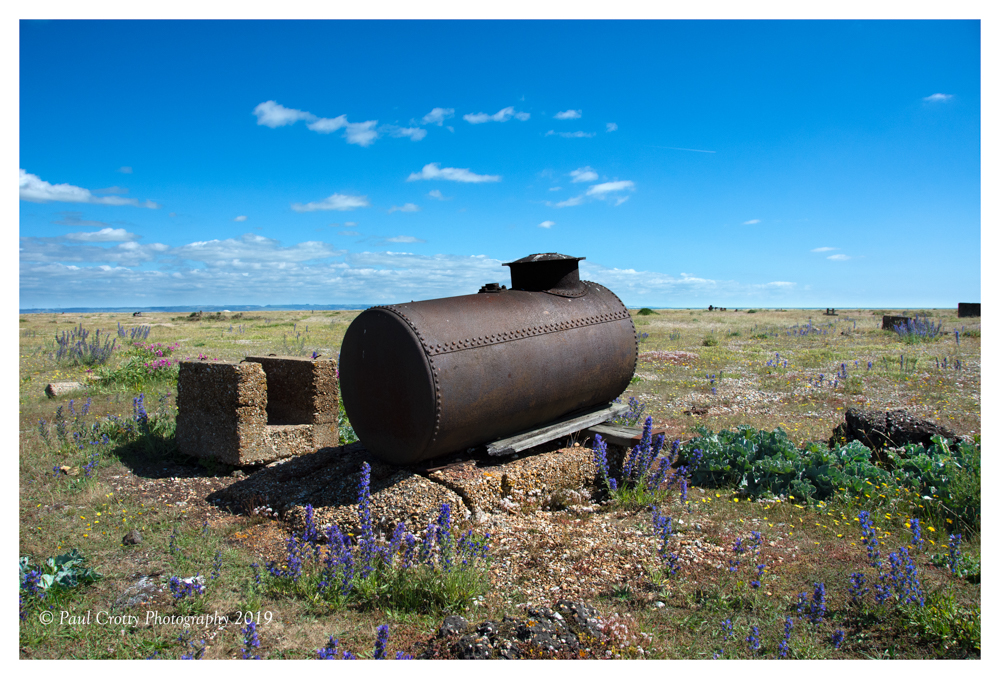
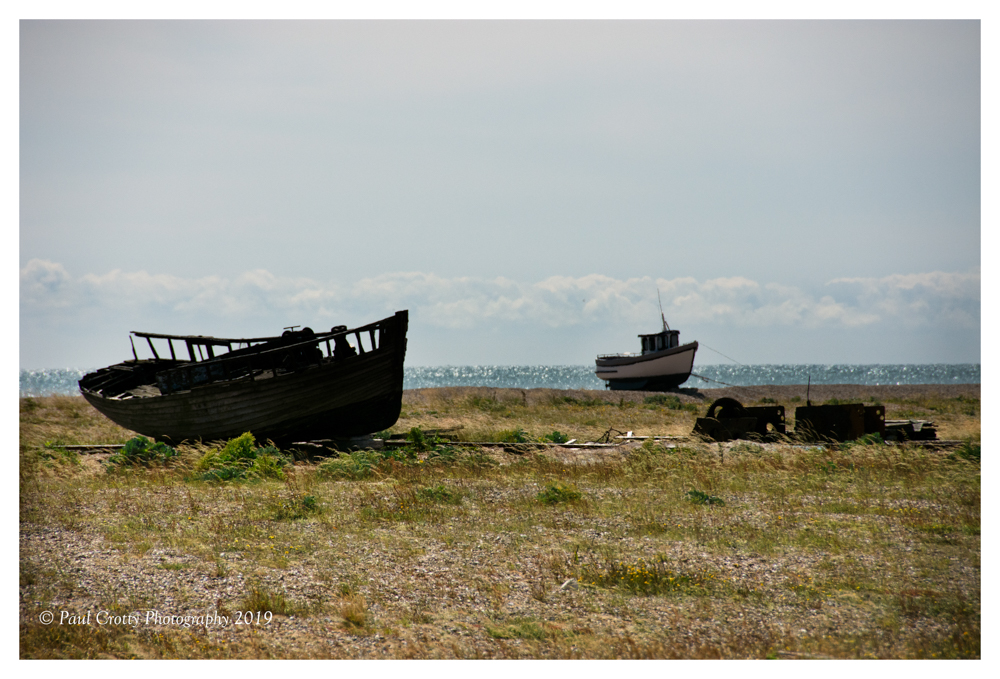
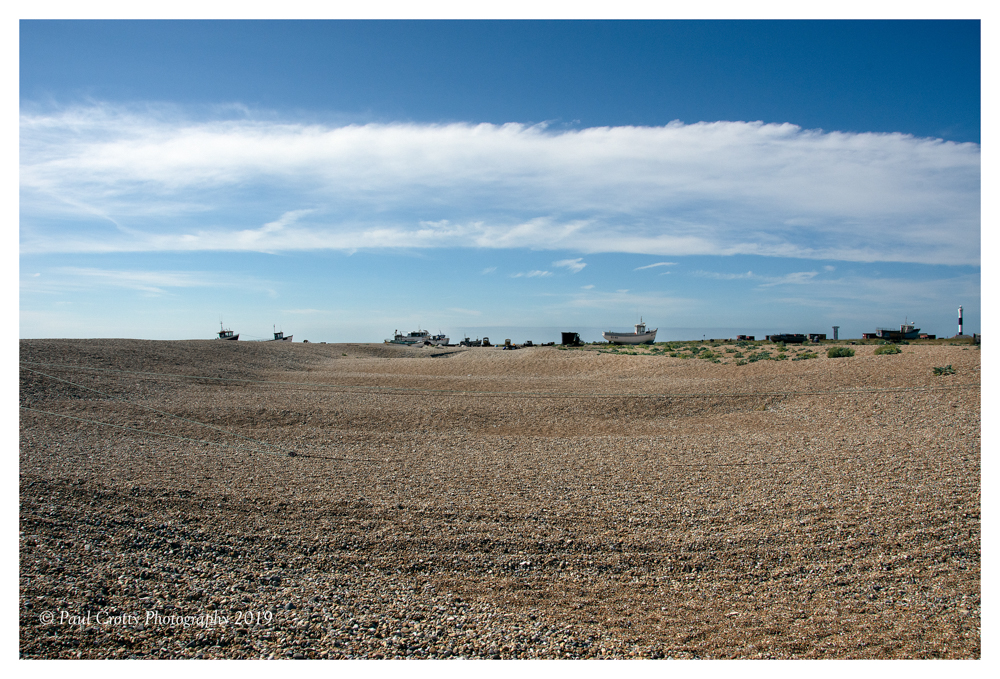
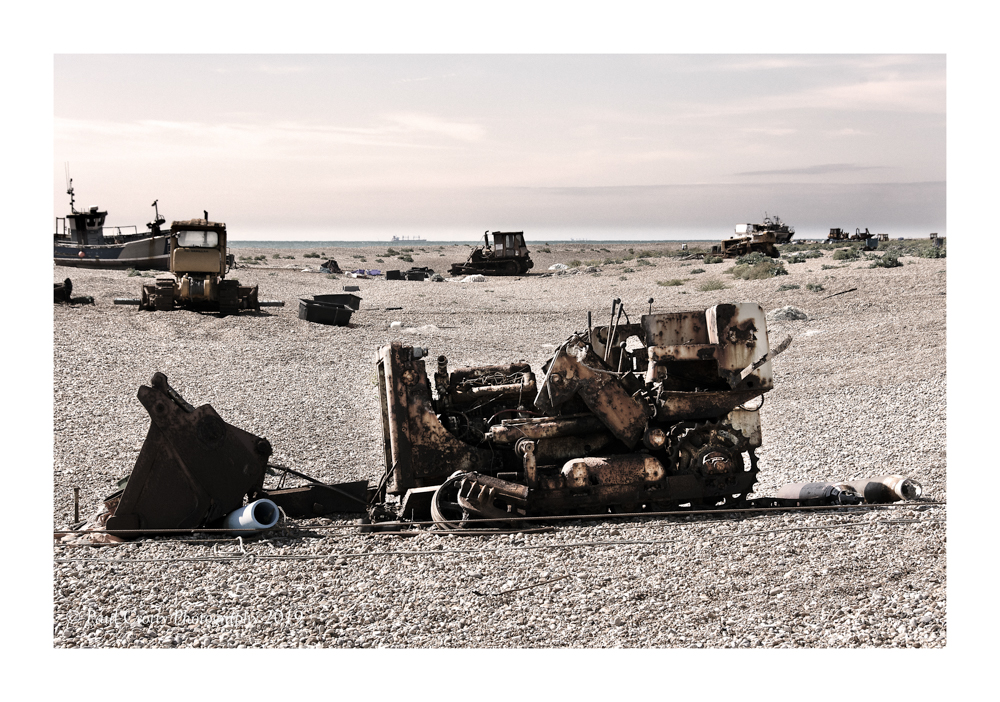
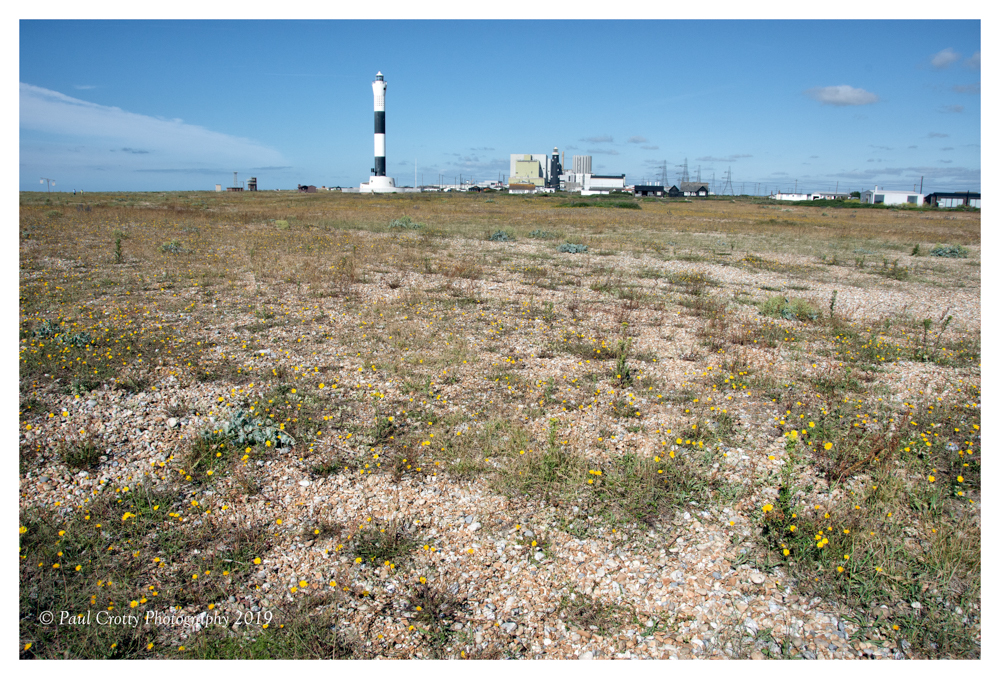
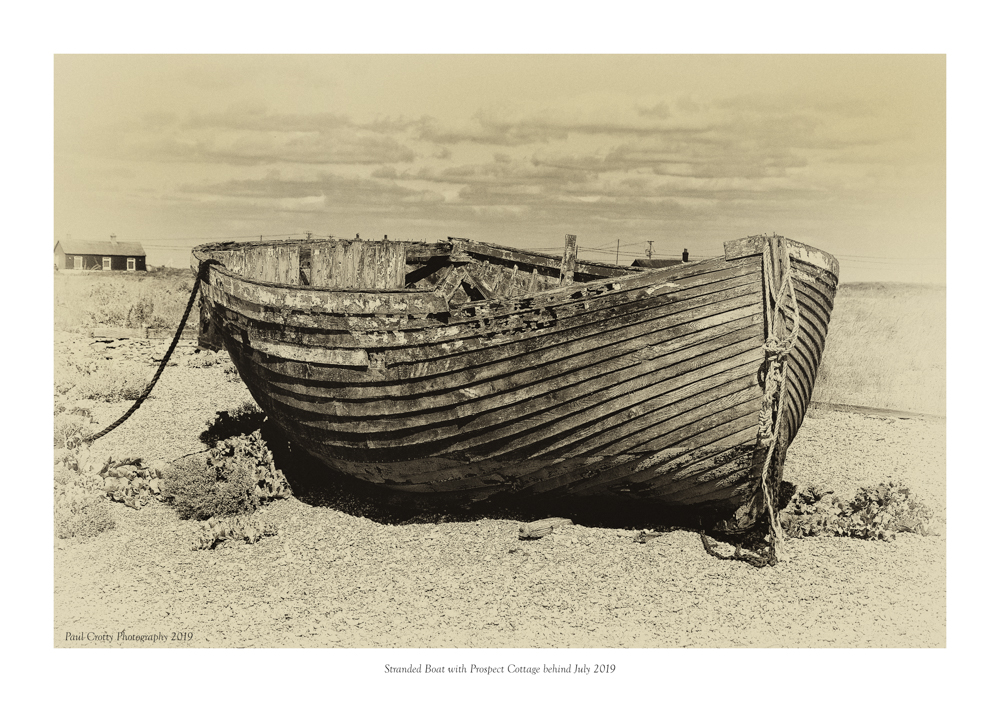
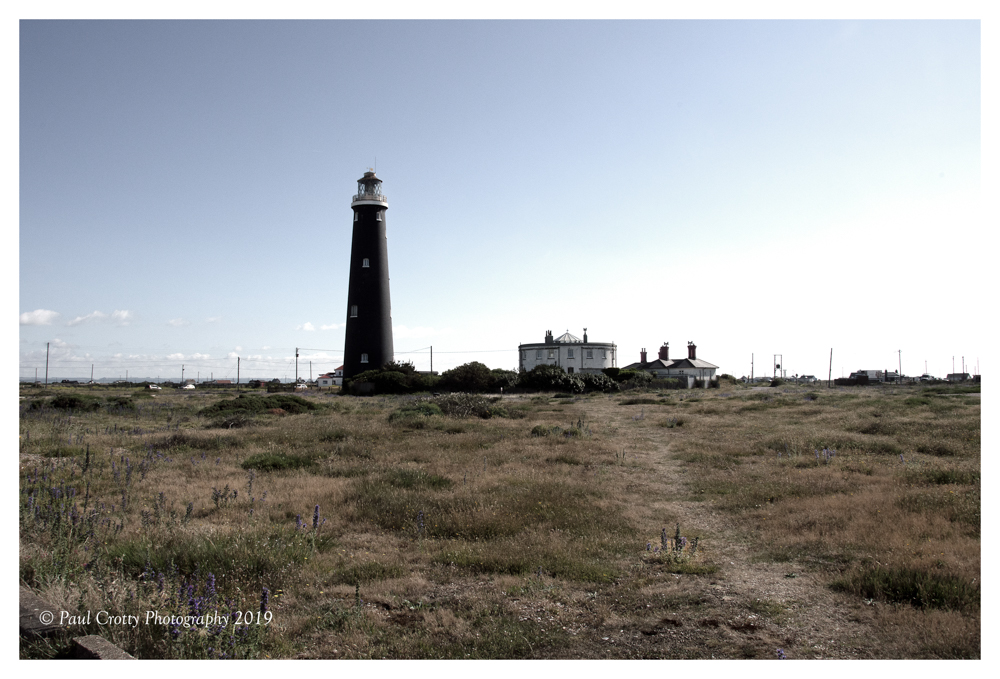
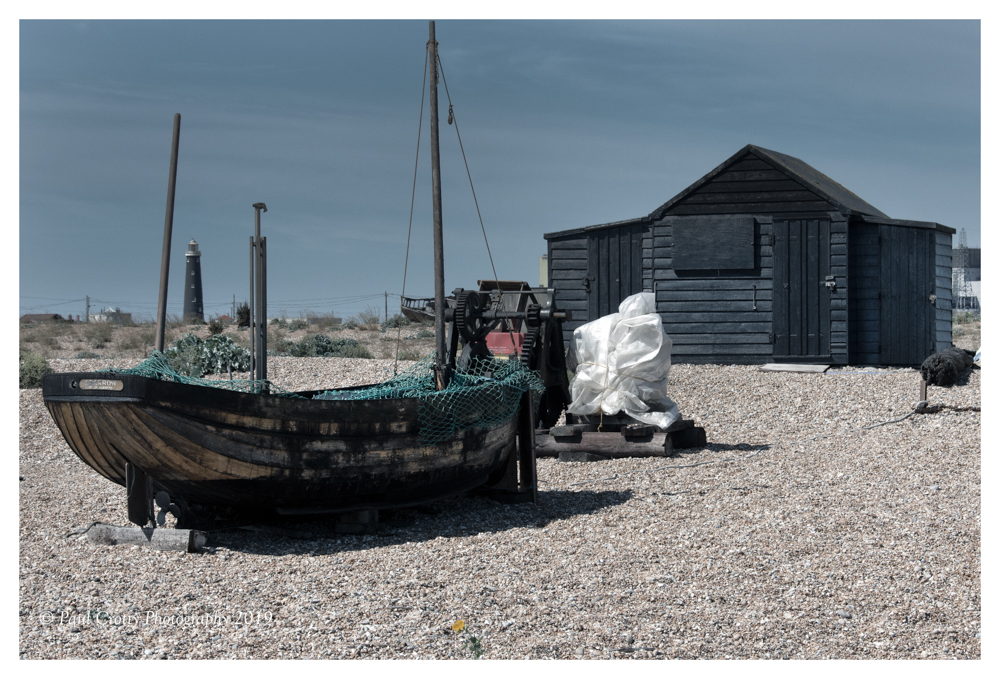
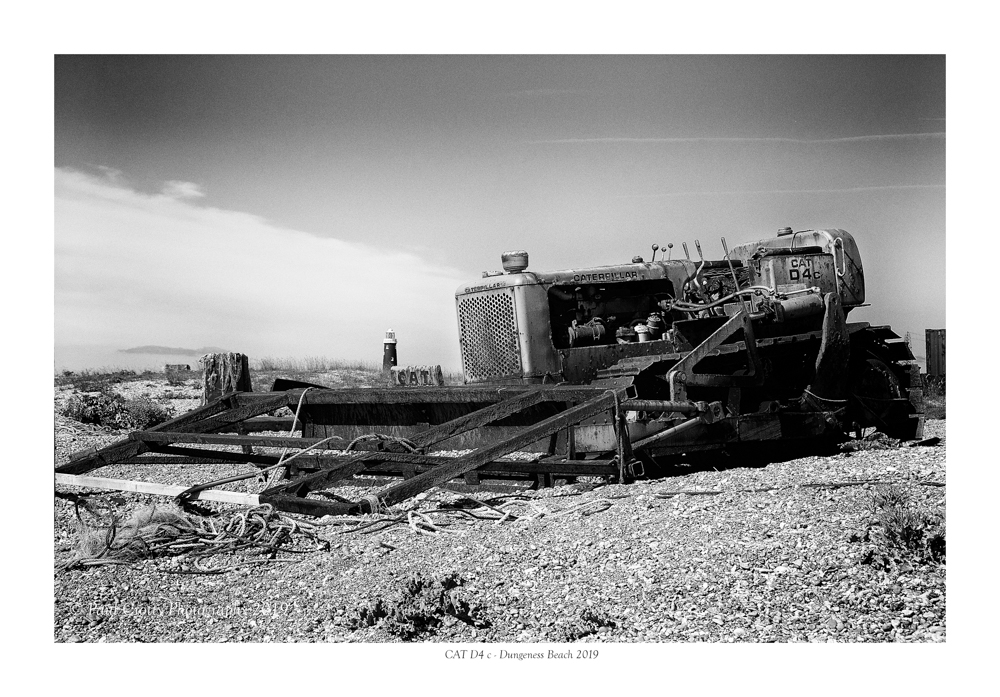
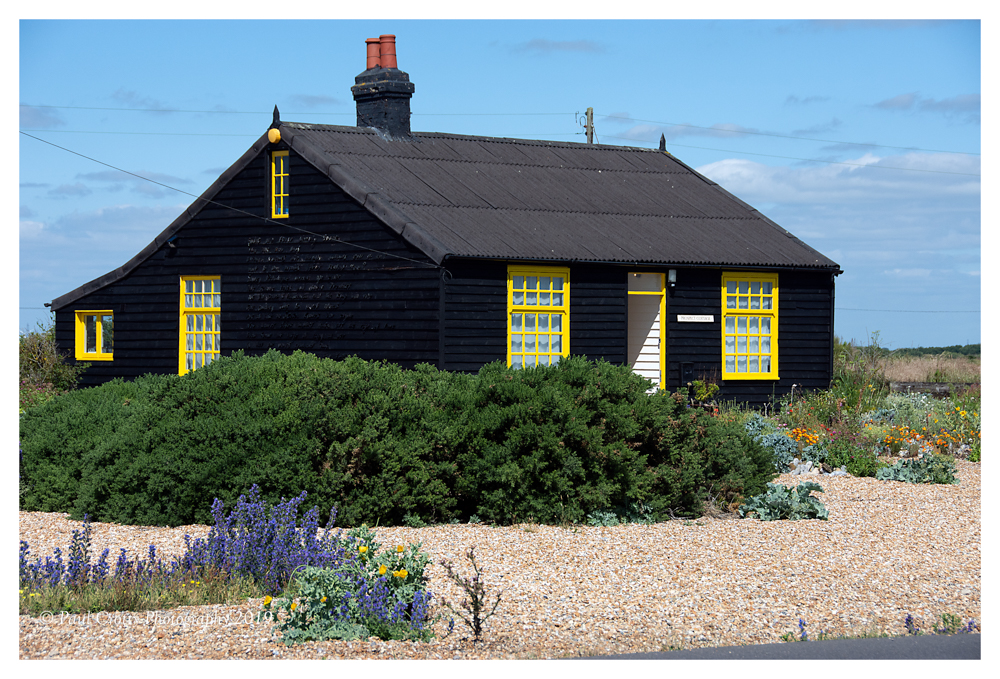
Prospect Cottage Dungeness The once home of the Artist, writer and film maker Derek Jarman (see my text)
Plants on Dungeness Shingle Beach
Dungeness is a hostile landscape but it has many distinctive plants which favour the pebble habitat close to the sea. Blackthorn grows in a prostrate form as do the yellow flowered broom bushes which hug the shingle landscape. The blackthorns in particular can be smothered in lichens due to the clean air. Source – http://www.dungeness-nnr.co.uk/wildlife.php
The shingle beaches of Dungeness and Rye Harbour support at least six nationally scarce species, including the critically endangered red hemp-nettle, and the near-threatened Nottingham catch-fly and yellow vetch. On naturally bare shingle near the coast soil development is limited and only a few specialised pioneer plant species can colonise, such as sea-kale, sea pea, and sea cabbage. As finer material accumulates within the gravel matrix, more species become established including viper’s-bugloss, yellow horned-poppy and herb-robert.
